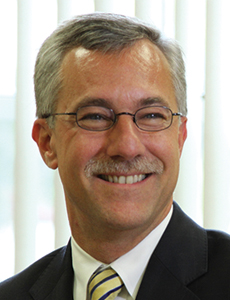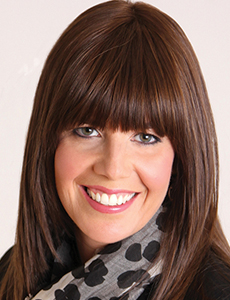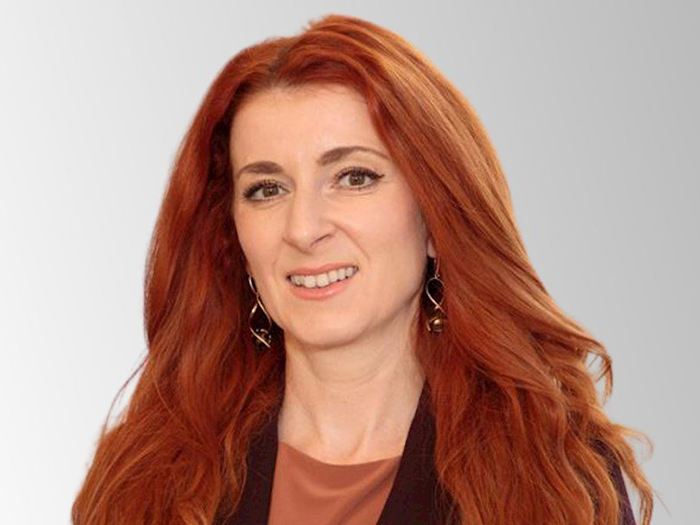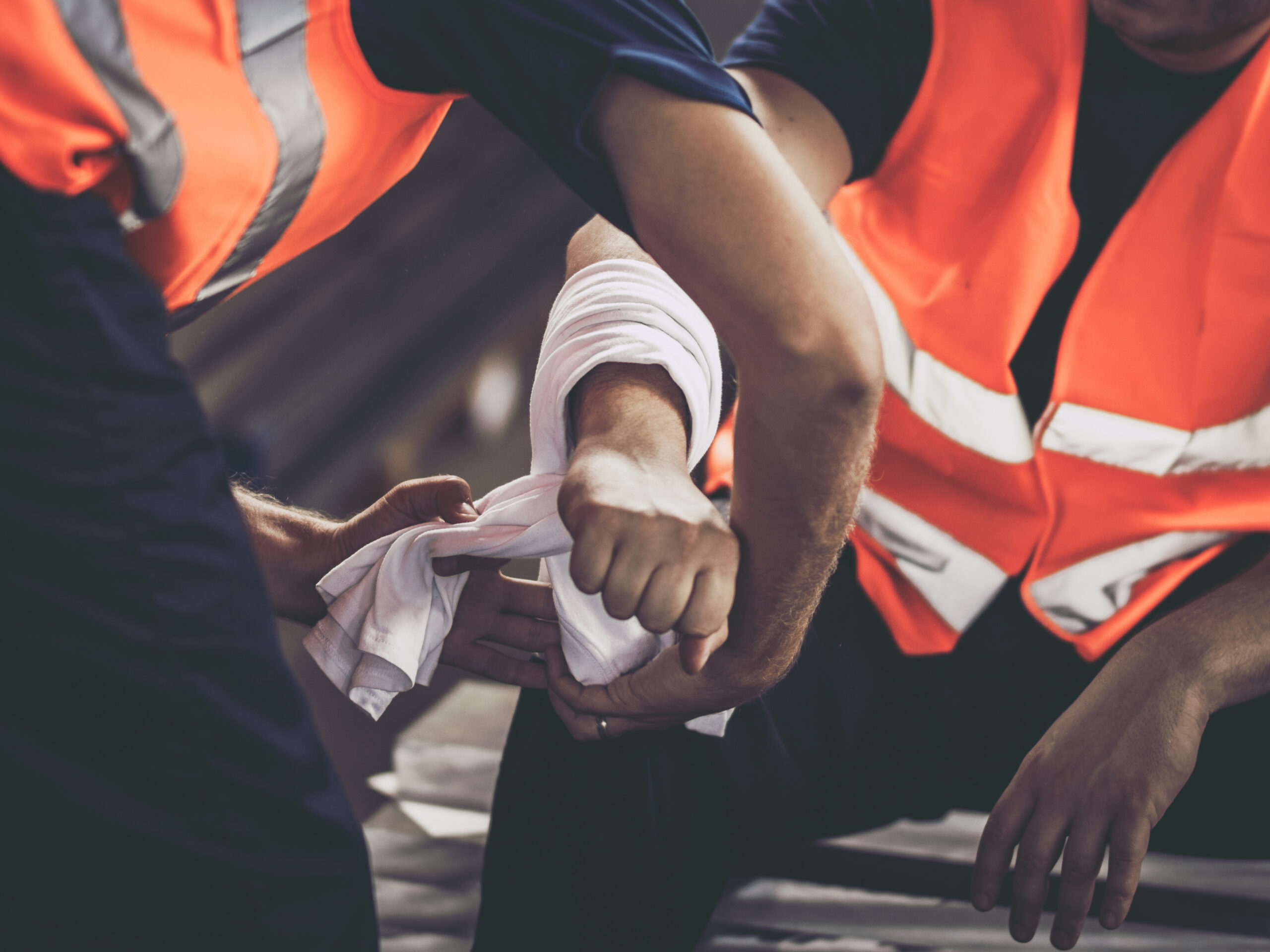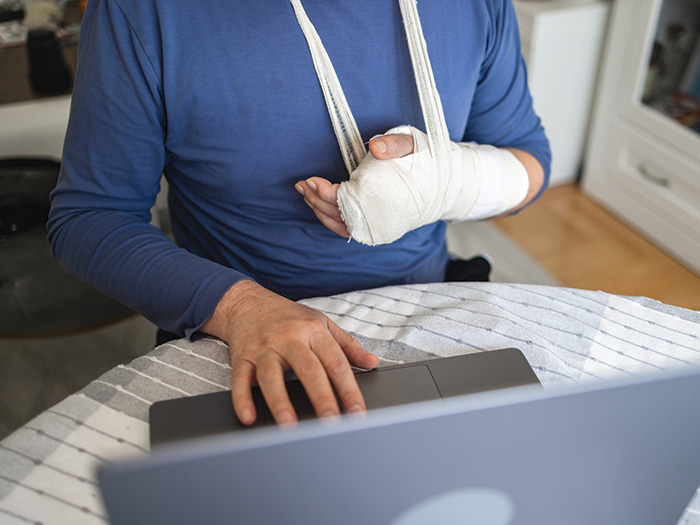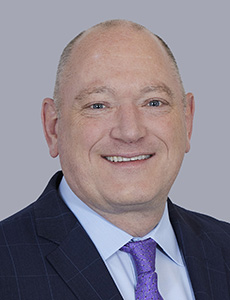2014 Teddy Award Winner
Healing the Healers
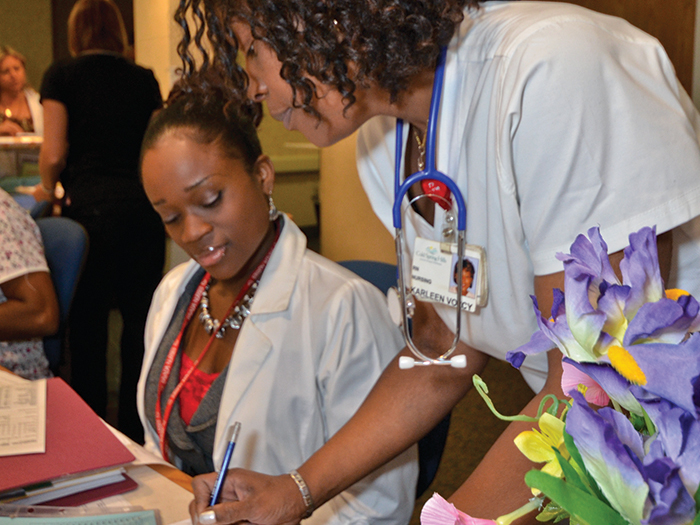
When Bob Baranello joined Cold Spring Hills Center for Nursing and Rehabilitation as chief executive officer in 2011, the facility “clearly had a lot of work to do” to reduce staff injuries and workers’ compensation costs, he said.
The average claim cost was $7,500, lost-time claims averaged 26 days and with an experience mod of 1.45, and premiums were “through the roof.” The facility had a weak safety culture and a pervasive fraud and abuse problem.
Cold Spring Hills was not yet enforcing the strict safety standards its owner, National Healthcare Associates, had put in place at its 40 other nursing and rehabilitation facilities.
After Prism Consultants, a health care brokerage and risk management consultant, ran extensive analytics on a large quantity of claims data, National Healthcare discovered its employees were at even greater risk than they had realized, said Ephram Ostreicher, director of operations, National Healthcare Associates.
It brought in Prism to manage all aspects of the workers’ compensation program, and set about changing across-the-board safety, customer service, and quality of care practices.
“When you change a culture, you fix a lot of things,” Baranello said.
New Safety Culture
“We put a lot of work into a new safety awareness culture,” Ostreicher said. The existing culture wasn’t conducive to gaining traction on safety improvements. “There was cynicism and negativity. We had to prove we care.”
“When you change a culture, you fix a lot of things,” — Bob Baranello, CEO Cold Spring Hills Center for Nursing and Rehabilitation
Top of the list: Remediating conditions related to patient-handling injuries and slips, trips and falls, the biggest source of claims, both in number and severity. Targeting the back and shoulder injuries that plague nurses and nursing assistants from constant bending and lifting, Cold Spring Hills initiated its “Journey to Zero Lift” program.
It bought 14 new Hoyer lifts, mechanical devices that spare wear and tear on residents as well as nurses and assistants. It created Journey to Zero Lift “kit bags,” which contain non-friction sheets and gait belts for lifting and turning, depending on the residents’ medical records and care plan. The kits are stored outside resident rooms for easy access.
“By branding the kits and the program,” said Ettie Schoor, the founder and managing principal of Prism Consultants, “we helped employees understand the importance of the program.”
Cold Spring Hills also started to investigate every accident immediately to make sure it never happens again. In the past, investigation of an accident may have lagged three or four weeks, by which time the traceable conditions would have changed.
Now, supervisors immediately go to an accident scene and ask employees to re-enact it, if they’re able. They examine every environmental detail, including lighting, footwear and hardware, Schoor said. This practice identified a mechanical problem with dietary carts, which had injured a number of employees.
“We brought in the vendor to check every cart. They changed the wheels,” she said.
The surveillance cameras Cold Spring Hills installed also shed light on how the accidents happened and how they could be prevented.
These efforts, Baranello said, mark a sea change from the dark days just five years ago when injured employees filed 231 workers’ comp claims. That number dropped to 98 in 2013, and is still falling.
Strategic “micromanagement” extends all the way up the corporate food chain. Baranello is directly responsible for safety. He’s involved in every incident, not just the “big ones” that would merit the CEO’s attention at most facilities.
Baranello, department heads, supervisors and line staff participate in monthly meetings of the newly refashioned safety committee so they can spread the safety gospel.
“Safety of residents and staff is a huge part of every employee’s job,” said Baranello.
Revised resident care plans factor into safety as well, with highly detailed profiles and instructions. One might note, for example, that Mr. Smith prefers a male aide or that he doesn’t want to be awakened before 10 a.m. Care plans conform as closely as possible to the resident’s tastes and pre-facility life, minimizing the behavioral problems that produce a distressing number of scratches and bites to the direct care staff.
“For everybody’s safety, we hold closely to the care plan,” said Ostreicher. “It’s part of the training.”
Showing the Love
When accidents do happen despite precautions, Cold Spring Hills and Prism show employees “a lot of love and care,” said Schoor. That means frequent and regular follow-up calls with the employee and all medical providers. It might also mean providing nursing care at home, household help, child care, delivered meals and even flowers — any way possible to lift injured workers’ spirits and accelerate their return to work. This kind of attention can also forestall the litigation characteristic of disgruntled workers.
When a dietary worker suffered third-degree burns, the insurance company anticipated initial exposure of $480,000 and potential exposure of over a million dollars in medical treatment and lost time. It predicted a long, grim life of disability for the worker and subsequent lifetime indemnity payments.
Prism assisted Cold Spring Hills in pulling out all the stops to aid the injured worker’s recovery and boost her morale. Employees from both organizations, including Baranello, visited her in the hospital.
They sent cards to her and food to her family. When she started to fret over the depleted minutes on her mobile phone plan, they funded her cell phone so she could concentrate on the important job of getting better.
Nine months, multiple surgeries and $80,000 in medical bills later, the worker declined a $150,000 insurance settlement, choosing instead to return to work — this time at a desk job instead of in the kitchen where she was burned and traumatized.
“She said, ‘Because of the way I was treated, I will never leave this facility,’ ” Schoor said.
Return to Work
That worker’s modified assignment is a key part of National Healthcare’s claims management strategy.
“We try to get all employees back to work no matter what their restrictions are,” said Ostreicher. “We find a meaningful job they can do within their restrictions,” while monitoring progress on the path to full duty.
Prism works with National Healthcare and doctors to identify temporary restricted duty (TRD).
A nursing assistant who underwent spinal fusion was still in a wheelchair when she was released to return to work. “We worked with her to identify tasks she felt were important to the operation: folding residents’ clothes, polishing handrails/walls and reading to and feeding residents,” Schoor said.
Cold Spring Hills paid her previous salary, so she experienced no loss in compensation, and she felt her contribution, although different, was still important.
When injured employees return to TRD, they report their progress regularly to supervisors, who are “hands-on involved” in returning workers to full duty as soon as medically appropriate. “They know we’re on top of it,” Schoor said.
The team also ensures that as workers’ restrictions ease, their jobs change also. This minimizes exposure while earning the worker’s loyalty.
Smoking Out Fraud
As much as Cold Spring Hills, its parent company and Prism show the love to genuinely injured workers, they turn an equal fury on fraudsters.
“If you mess with us, we’ll catch you and be all over you,” Schoor said.
“Tender and tough — that’s our policy,” — Ettie Schoor, founder and managing principal, Prism Consultants
“When an accident happens, we work with our staff to make sure the same one won’t happen again, and when we do have an accident, we help the employee return to work,” Schoor said. This keeps exposure down, and so does meticulous follow-up on claims.
“If we smell something — not necessarily fraud — we follow up. If the doctor says the employee is disabled but she’s able to lift her kids, we’ll use that information to get a release to work. That also keeps exposure down.
“Tender and tough — that’s our policy,” said Schoor.
In one spectacular case of gumshoe insurance investigation, a worker “disabled” by a shoulder injury called Prism about her workers’ comp check. The caller ID showed the name of a beauty supply store.
Prism sent an investigator equipped with a wrist-watch camera to the store and asked the worker to reach up for several items. The movement engaged the putatively injured shoulder, which he filmed surreptitiously.
When he paid for the items, he captured her name on the sales slip. Between the two pieces of documentation, the fraudulent injury claim collapsed.
An overwhelmingly honest workforce isn’t spooked by these aggressive tactics, said Baranello, but rather welcomes them.
“Good people don’t want to see fraud, and most are hard-working and responsible,” he said. “They want us to prosecute the few bad apples who try to game the system.”
_______________________________________________________
Read more about all of the 2014 Teddy Award winners:
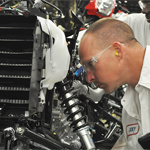 Building Value with Trust: Honda of South Carolina boosted its involvement with injured worker cases, making a positive first impression on employees and health care providers.
Building Value with Trust: Honda of South Carolina boosted its involvement with injured worker cases, making a positive first impression on employees and health care providers.
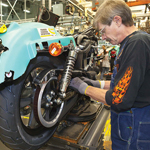 The TLC Behind the Roar: A proactive and holistic approach to employees’ well-being has resulted in huge reductions in work-related injury claims for Harley-Davidson.
The TLC Behind the Roar: A proactive and holistic approach to employees’ well-being has resulted in huge reductions in work-related injury claims for Harley-Davidson.
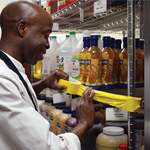 Quick to Act: Compass Group is lauded for its safety initiatives and for a return-to-work program that incorporates all of its business lines.
Quick to Act: Compass Group is lauded for its safety initiatives and for a return-to-work program that incorporates all of its business lines.
 Healing the Healers: Teddy Award winner Cold Spring Hills Center for Nursing and Rehabilitation proved that even small organizations can make a huge difference in their employees’ lives.
Healing the Healers: Teddy Award winner Cold Spring Hills Center for Nursing and Rehabilitation proved that even small organizations can make a huge difference in their employees’ lives.

